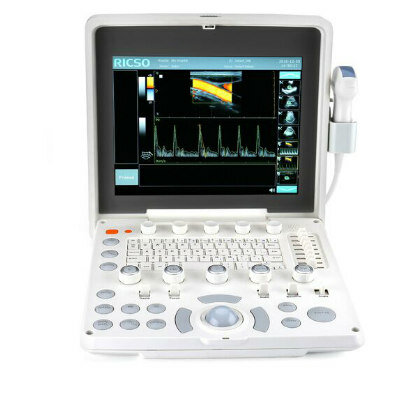New Guidelines for the Use of Breast MRI to Supplement Conventional Imaging
By MedImaging International staff writers
Posted on 11 Mar 2009
Updated guidelines for physicians that represent best practices for using magnetic resonance imaging (MRI) to newly diagnose breast cancer and to make treatment decisions for breast cancer have just been published.Posted on 11 Mar 2009
Breast radiologists and surgeons at the Seattle Cancer Care Alliance (SCCA; WA, USA) and the Roswell Park Cancer Institute (Buffalo, NY, USA) authored the report, published in the February 2009 issue of the Journal of the National Comprehensive Cancer Network (JNCCN), upon which the guidelines are based.
The SCCA breast imaging program, led by Connie Lehman, M.D., has established itself as a national leader in breast MRI-based on pioneering research it has published in the past few years. Lehman is corresponding author of the study, which summarizes an extensive review of published, peer-reviewed studies.
Among the key recommendations: (1) MRI is not a substitute for screening or diagnostic mammography, and when indicated, diagnostic breast ultrasound. MRI supplements the use of these standard-imaging tools in appropriately selected clinical situations. (2) For women with diagnosed breast cancer, MRI provides enhanced detection in both the breast known to have cancer and the opposite (contralateral) breast. (3) Surgical decisions should not be based solely on MRI findings because not all suspicious lesions on MRI are cancer. Suspicious lesions should be biopsied before a surgery plan is devised in order to avoid surgical overtreatment. (4) In the rare instances where cancer is found in the lymph nodes but not the breast, an MRI can find the location of cancer in the breast in nearly 60% of women.
"Exciting research over the past decade makes it clear that breast MRI finds cancers that are missed by mammography and ultrasound,” said Dr. Lehman, who is the director of radiology at the SCCA and a professor at the University of Washington School of Medicine (Seattle, USA). "The next phase of research is to understand more completely the impact of this improved cancer detection on treatment outcomes.”
Breast MRI is a comparatively new clinical tool for detecting breast cancer and techniques for using the sensitive equipment vary by site. Dr. Lehman and colleagues urge that clear standards for technical parameters be established, as well as performance measures at clinical sites that offer MRI.
"Healthcare policy decisions regarding the use of important but expensive technology must be based upon evidence that these tools are providing measurable benefit to patients,” Dr. Anderson noted. "This study provides that evidence for breast MRI.”
The MRI guidelines adopted by the U.S. National Comprehensive Cancer Network (NCCN; Fort Washington, PA, USA), an alliance of 21 of the world's leading cancer centers, working together to develop treatment guidelines for most cancers, and focused on research that improves the quality, effectiveness, and efficiency of cancer care, state that MRI examinations should be performed and interpreted by an expert breast-imaging team working together with a multidisciplinary diagnosis and treatment team. Breast MRI exams require dedicated equipment and breast-imaging radiologists who are familiar with the technical details for image interpretation. The NCCN guidelines also say that imaging centers need to have the ability to perform MRI-guided needle biopsy sampling of lesions detected by MRI to properly evaluate possible abnormalities.
Related Links:
Seattle Cancer Care Alliance
Roswell Park Cancer Institute














